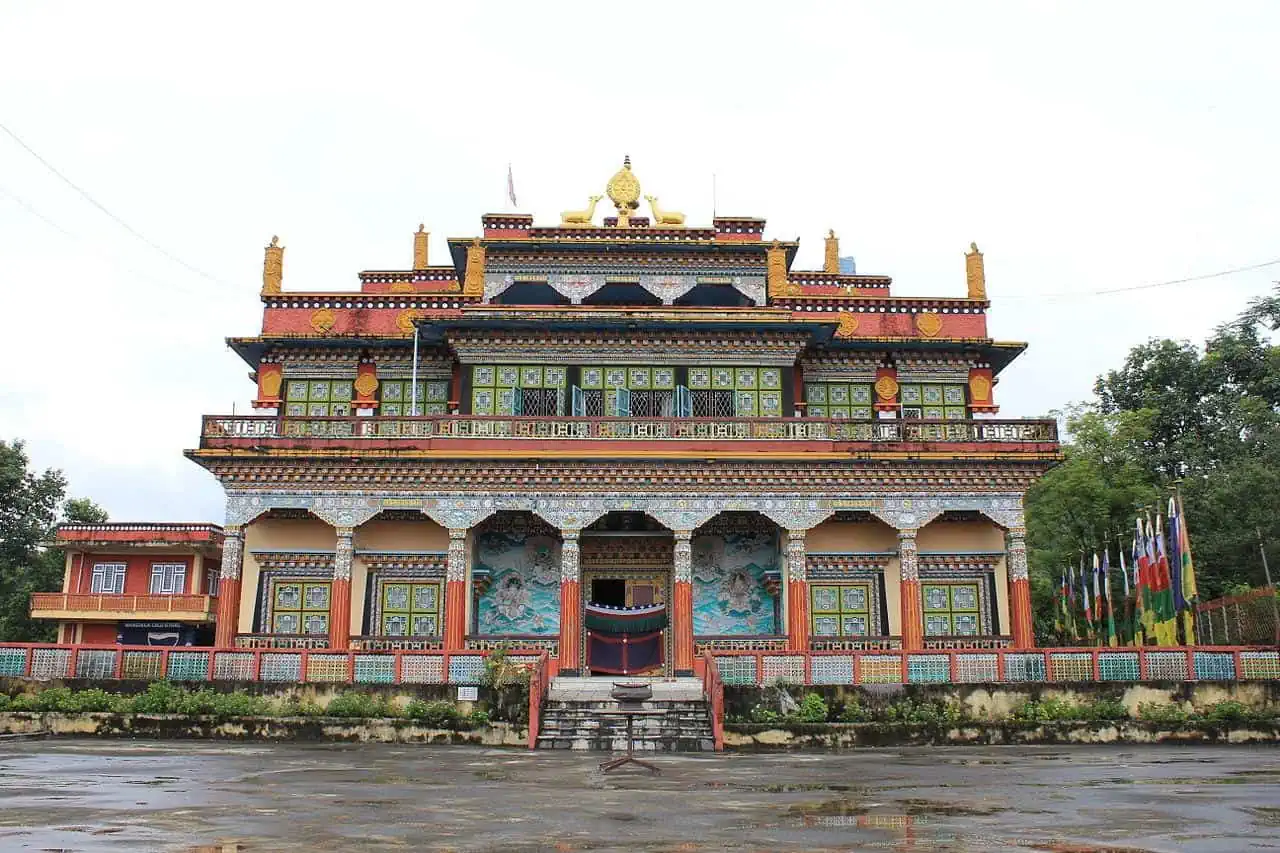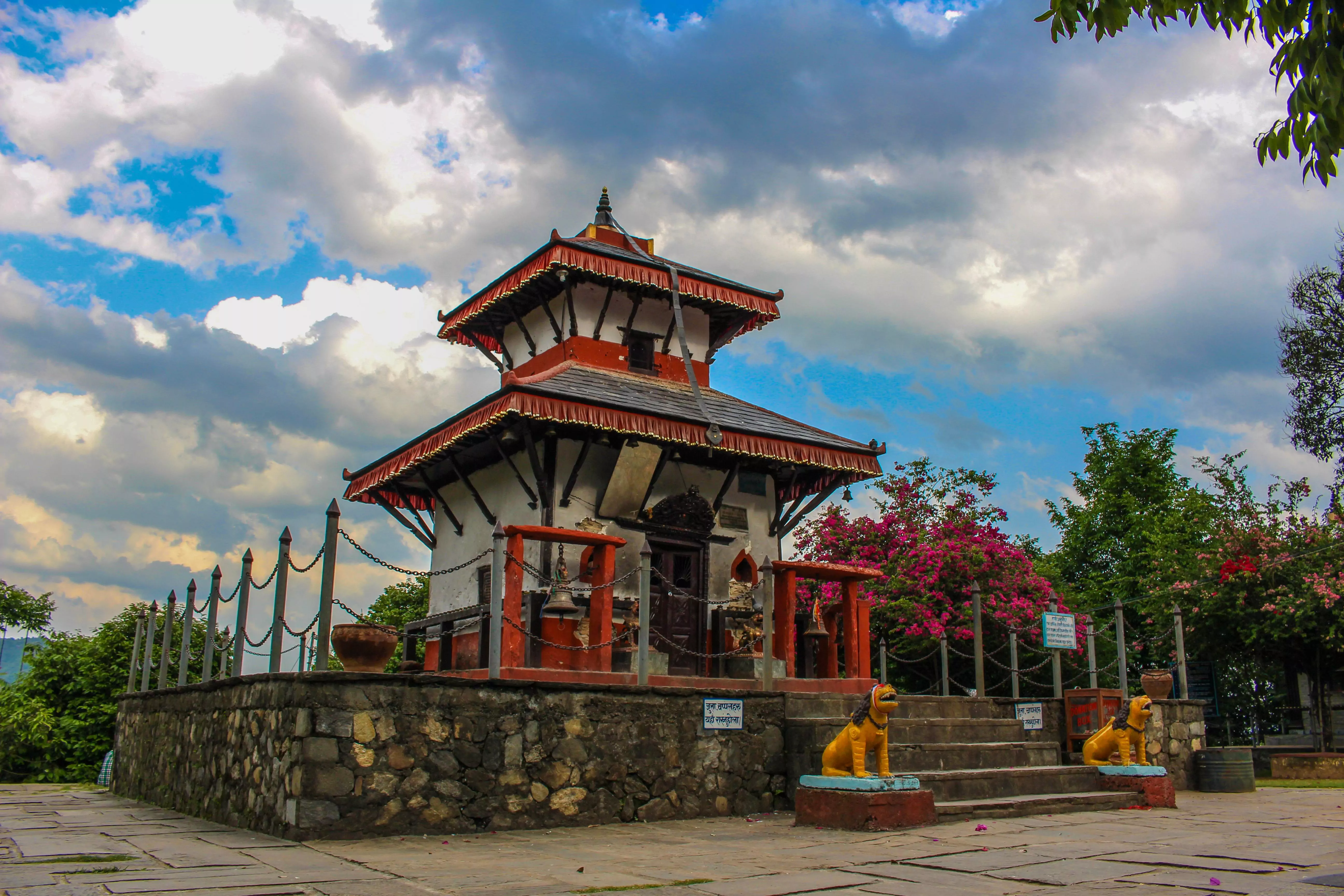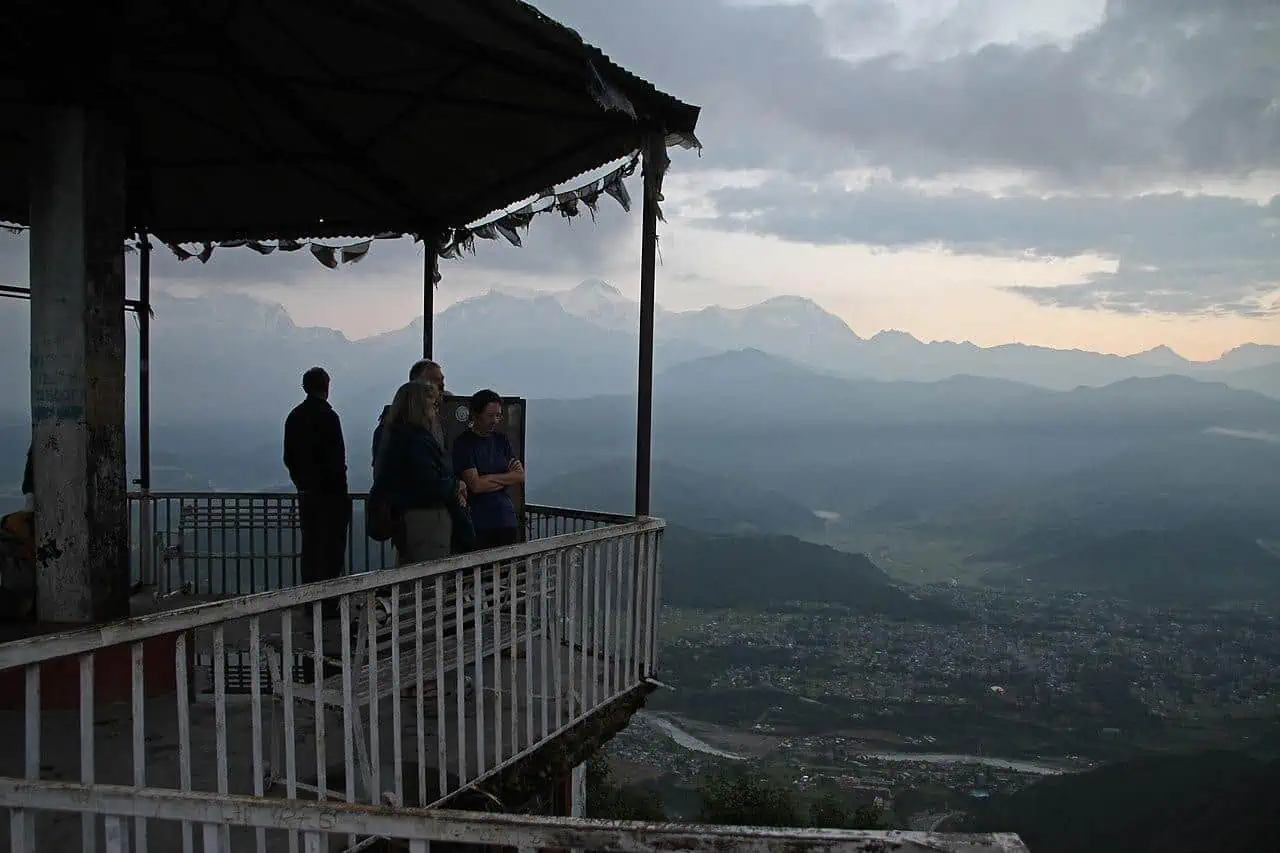
The second most populous city in Nepal, Pokhara serves as the ultimate gateway to the nearby Himalayan range of Annapurna, home to some of the world's tallest mountains. Frequently brimming with hikers who visit Pokhara before of their perilous journey to the roof of the world, this lakeside city has far more to offer than just its role as a stopover for mountaineers. Dozens of scenic lookouts, hidden shrines and sacred caves are only a fraction of what makes Pokhara a remarkable place to explore by its own right.
Due to the city’s location amidst some of the planet’s most formidable mountains, the valley on which Pokhara sits drains gargantuan amounts of water that originate from the uphill glaciers. Fed by one of these Himalayan glaciers, the Seti River is nationally revered as scared while also being utilized for hydroelectric power.
Apparently, this glacial stream of water flows through Pokhara’s KI Singh Pul neighborhood, where it rushes along a deep and narrow ravine, known as the Seti River Gorge. Despite its urban context, the forested chasm is well hidden, and can be easily observed only from a nearby park that requires admission fee.
The park offers an unspoiled jungle foliage as well as excellent bird watching, however, if that experience doesn’t satisfy your thrill seeking urge, then you’ll be glad to learn that the Seti River is also an ideal place for kayaking and camping, particularly along its sandy shore. It might come as a surprise but in spite of the river’s glacial origins, its water is relatively warm, and so, you can even have a hypothermia-free swimming session if you opt to.

A bird view of the Seti River Gorge's gushing waters from the public park
photography by: shankar s./ Flickr
Whereas Pokhara is well known for its stunning views of the surrounding Himalayas, the city also boasts numerous scenic points that offer much more than merely a couple of distant mountain silhouettes. Tucked away in the northern outskirts of Pokhara, Gharmi Village is a rural suburb with a few accommodation options. Interestingly, its mundane and unassuming character is far eclipsed by perhaps, Pokhara’s most spectacular lookout, the Gharmi Viewpoint.
Accessible either directly from the village or by a 45-minute uphill hike from the nearby Lamachaur neighborhood, the lookout is bestowed with a panoramic view of the city, the Phewe Lake, Pokhara International Airport and far in the background, also the Fishtail and Annapurna massifs. The scenic point is topped by the ramshackle Gharmi watch tower, a concrete staircase that provides an even higher perspective, and the Shree Omkareshwar Mahadev Temple, a three-story Hindu temple with golden ornaments, dedicated to Lord Shiva.
The city of Pokhara is home to dozens of knolls, many of which are crowned by religious buildings. One such instance is the Matepani Gumba, a Buddhist monastery atop a verdant hill, on the city’s northeastern side, roughly five kilometers from the downtown area. Built as recently as 1960 by migrating Nyeshang people, the temple is meticulously adorned both at its exterior and interior parts, and is particularly renowned for its vividly colorful murals depicting the life of Buddha.
A couple of times throughout the day, a loud gong sound marks the beginning of the praying sessions, which all of the monks, regardless of their status, are obligate to attend. If you happen to visit the monastery during praying times, you might even be invited to take part in that spiritual spectacle.
Besides the massively ornamented temple, the Matepani Gumba’s complex also includes a Buddhist Stupa, a fountain that is centered around a golden statue and most notably, a pavilion housing a large sculpture of Buddha accompanied by two of his students. If you find yourself overwhelmed by the place’s religious significance, don’t worry as it also provides a magnificent vista of the city and the formidable Himalayan Range, with only butterflies and birds distracting your attention while aweing the landscape.

Matepani Gumba's main building
photography by: Michelle Welsch/ Wikimedia Commons
Nestled on another hillock, less than 500 meters south of the previously mentioned Matepani Gumba, the Bhadrakali Temple is the Hindu counterpart of the Matepani Monastery. Constructed in 1817, the temple is named after the goddess of Kali, the ultimate Hindu master of time and death, who according to legend instructed a local religious cleric to shovel the soil around the hill where he found a statue of her, and subsequently, the temple was dedicated to the goddess.
If you want to visit the hilltop temple, you’ll first have to climb either the east 292-step staircase or the slightly shorter south staircase which has 265 steps, both of which ascend through a lush and dense forest. As you reach the top of the hill, you’ll come across a semi paved square with several buildings, including the reddish-colored Hindu-temple, featuring two guardian monsters and several pagodas. Unfortunately, the views are almost completely concealed by trees, however, the lack of vista is more than offset by the hectic religious commotion around, culminating in April 10th, when thousands of worshipers attend the holy day of Bhairav Bhadrakali Jatra.

Bhadrakali Temple at its fullest glory
photography by: Dhurba Gurung/ Wikimedia Commons
Once an independent village and as of 2015, one of Pokhara’s wards, Sarangkot is a rural community that perchrs directly above the iconic Phewa Lake. The village is traversed by several excruciatingly difficult uphill hiking trails that reward any of its intrepid climbers with unparalleled views. Fortunately, you don’t have to examine your physical limits to enjoy Sarangkot’s scenery, as a narrow road provides an access to the village.
The village’s northeastern corner is Sarangkot’s highest point, reaching almost 1,600 meters above sea level, and as such, is bestowed with expansive views of Pokhara Valley at its fullest glory as well as the Annapurna Massif’s snowcapped summits, including the Fishtail Mountain, the world’s tallest unclimbable peak. The remarkable sights can either be enjoyed from a triangular flat area with an unfinished building, or from the higher Sarangkot View Tower, a semi-touristy complex with several restaurants and balconies. Additionally, the site is also considered as one of the world’s best spots for paragliding, and so, the tower’s surrounding space serves as a paraglider airport for thrill seekers.

One of Sarangkot's balconies that offer a breathtaking panoramic view
photography by: Gerd Eichmann/ Wikimedia Commons
In sheer contrast to some of Earth’s highest peaks, the city of Pokhara also offers a series of caves that lie on the other end of the height spectrum. Nestled south of Phewa Lake, the 2,950-meter long Gupteshwor Mahadev Cave is as religiously significant as it is geologically impressive.
The cave complex is accessible via a remarkably decorated entrance gate, which is followed by a narrow labyrinth of souvenir stalls that in turn ends at the ticket booth. After paying the site’s admission fee, visitors descend through a wide and marvelous staircase, ornamented with multiple sculptures of Hindu deities, which to some extent is a worthy attraction by its own right.
Upon entering the cave, you’ll be struck by how dark it actually is, and even though light bulbs are installed along the way, a handy flashlight is warmly recommended. The cave’s religious role as a pilgrimage site is reflected by a plethora of shrines scattered around its first chamber, including a symbolic dairy barn, tens of iconic statues and most importantly, an underground Hindu temple dedicated entirely for Lord Shiva.
Further ahead is the cave’s second segment that is strictly closed during the monsoon season. The 140-meter-long chamber is flanked by convoluted walls that feature strikingly distinct colors, and leads to a metal staircase that descend downwards, from where you can witness with your eyes and ears the roaring Devi’s Falls.

Gupteshwor Mahadev Cave's flamboyant staircase
photography by: Bijay Chaurasia/ Wikimedia Commons
One of Pokhara’s many rural suburbs, Gharipatan is a rather gritty and uninspiring place, and yet it is home to some of the city’s most remarkable well-kept secrets. Wedged between Gharipatan and the village of Damsadi, south of Pokhara city center, Fusre Khola is an outflow river of Phewa Lake, a natural barrier between two distinct parts of town.
In 2016, this underdeveloped corner of Pokhara has been bestowed with a pair of suspension bridges that connect the two localities, Damsadi Bridge and Pokhara Hanging Bridge. The western bridge astride the Furse Khola River, the 276 meter long and 90-meter-high Hanging Bridge of Pokhara links the relatively flat agricultural lands of Gharipatan with Damsadi’s lush hilly forest. Unlike many suspension bridges worldwide, this hanging bridge is first and foremost an indispensable mean to cross the gorge for local villagers, and only then, a tourist attraction, and as such, lacks any kind of mass-tourism and over-commercialism.
While this shaky and narrow bridge is not for the faint-hearted, it provides a breathtaking and authentic glimpse of the city’s bucolic outskirts. Theoretically, the bridge can hold around 700 people at the same time, albeit usually, there are no more than 20 people crossing it at any given moment, including occasional motorcyclists.
If you wish to complement your precarious bridge crossing with the nearby secluded nooks, then the Phewa hydroelectric power station is a charming place to explore. An insanely long dilapidated staircase, sandwiched between the power plant’s two water pipes, leads to the hidden downhill Summer Falls, a series of strong water streams that cascade through a forested cliff directly into a swimmable natural pool.

Pokhara Hanging Bridge
photography by: Abinashish/ Wikimedia Commons